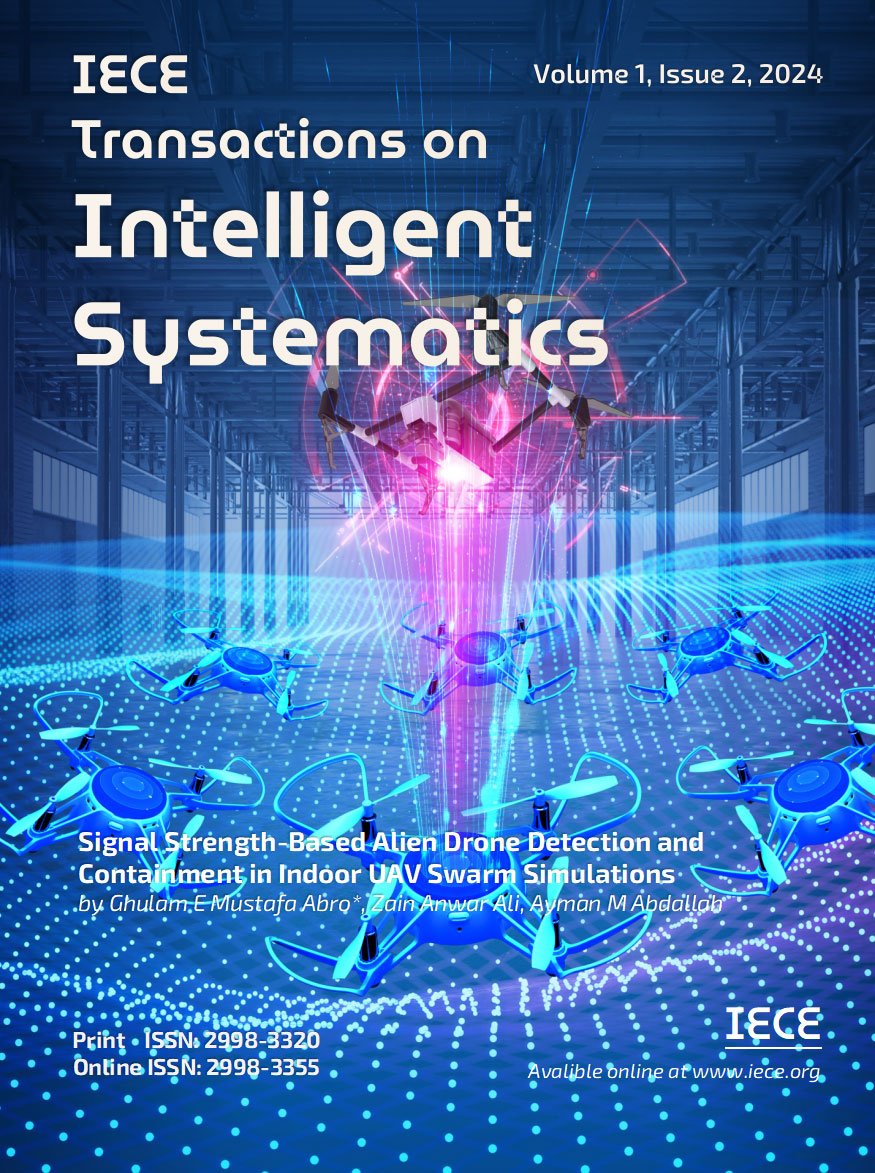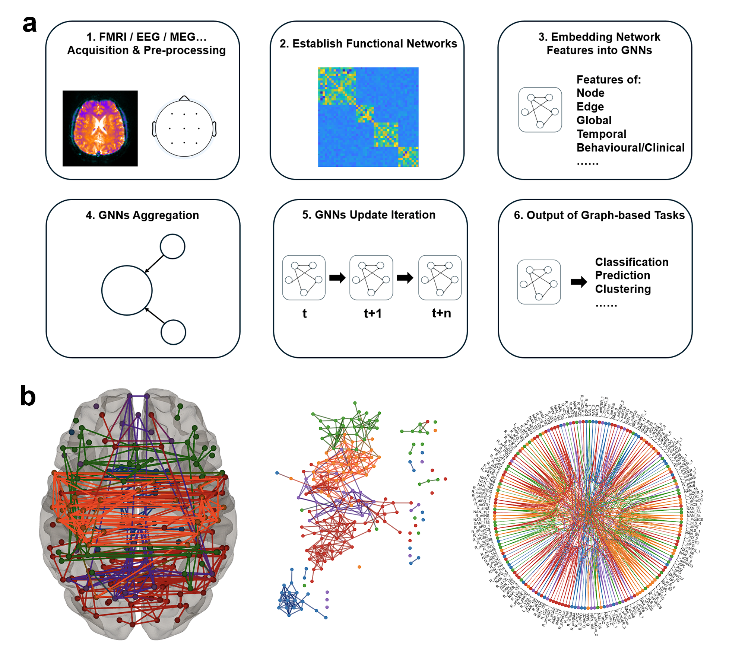Abstract
The integration of graph neural networks (GNNs) with brain functional network analysis is an emerging field that combines neuroscience and machine learning to enhance our understanding of complex brain dynamics. We first briefly introduce the fundamentals of brain functional networks, followed by an overview of Graph Neural Network principles and architectures. The review then focuses on the applications of these networks and address current challenges in the field, such as the need for interpretable models and effective integration of multi-modal neuroimaging data. We also highlight the potential of GNNs in clinical perimenopausal areas such as perimenopausal depression research, demonstrating the broad applicability of this approach. The review concludes by outlining future research directions, including the development of more sophisticated architectures for large-scale, heterogeneous brain graphs, and the exploration of causal inference in brain networks. By synthesizing recent advances and identifying key research directions, this review aims to summarize the focal points of brain functional network analysis and GNNs, explore the potential of their integration, and provide a reference for advancing this interdisciplinary field.
Keywords
graph neural networks
brain functional networks
neuroimaging analysis
Funding
This work was supported by funding from the Cognitive Neuroimaging Centre, NTU Shared Research Facility under Grant D821/CoNiC.
Cite This Article
APA Style
Zhang, W. & Hong, Q. (2024). Modeling Brain Functional Networks Using Graph Neural Networks: A Review and Clinical Application. IECE Transactions on Intelligent Systematics, 1(2), 58–68. https://doi.org/10.62762/TIS.2024.680959
Publisher's Note
IECE stays neutral with regard to jurisdictional claims in published maps and institutional affiliations.
Rights and permissions
Institute of Emerging and Computer Engineers (IECE) or its licensor (e.g. a society or other partner) holds exclusive rights to this article under a publishing agreement with the author(s) or other rightsholder(s); author self-archiving of the accepted manuscript version of this article is solely governed by the terms of such publishing agreement and applicable law.


 Submit Manuscript
Edit a Special Issue
Submit Manuscript
Edit a Special Issue

